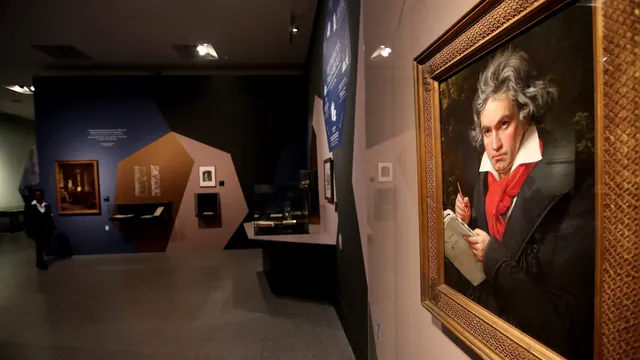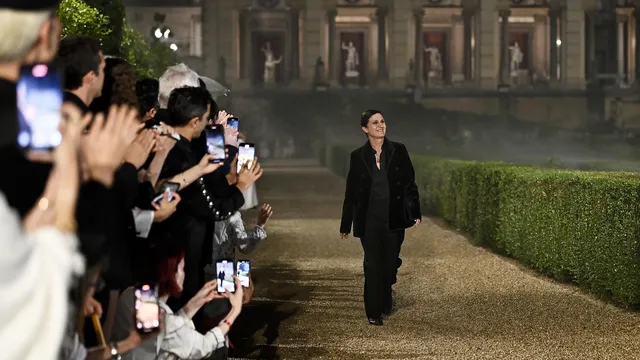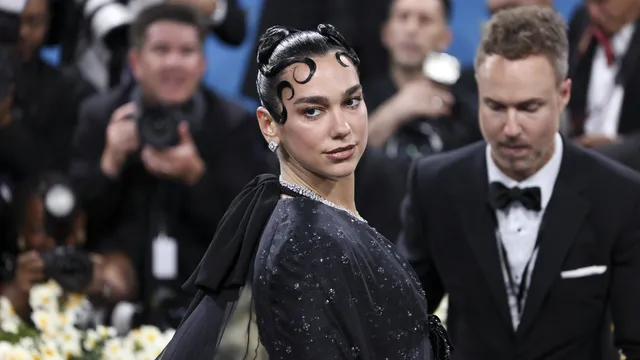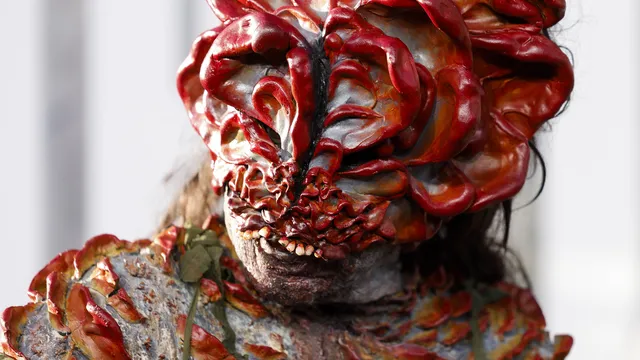Nearly 200 years after Ludwig van Beethoven's death, scientists say they have finally been able to gather information about what the maestro known for his moody mood actually looked like, the Daily Mail reports.
"I found the face somewhat frightening," admits Cicero Moraes, a Brazilian graphics expert who used 19th-century photos of skulls, facial modelling and artificial intelligence to reconstruct the scowling face of classical music's bad boy.
The first-of-its-kind digital render shows the German composer exactly as he was often depicted in oil paintings: scowling and brooding.
"He really was irritable, disorderly, clumsy, rude and misanthropic," says British conductor Mark Wigglesworth in a blog post - though he adds, "Beethoven could be witty, caring, mischievous, generous and kind."
So what makes an artist a legendary curmudgeon? Experts say the reason could be as much biology as biography.
In 2023, a groundbreaking DNA study published in Current Biology unraveled the medical mystery of Beethoven's tumultuous life and painful death at the age of 56.
Researchers sequenced his genome using five strands of his preserved hair and found that he likely died of liver failure caused by chronic alcohol consumption combined with hepatitis B and a genetic predisposition to liver disease.
The composer reportedly began suffering from jaundice in 1821, a symptom of liver disease, and had a progressive hearing loss that rendered him completely deaf by his mid-40s.
"Most people who get genetic tests for fun, myself included, will find there's nothing wrong with them," says lead researcher Tristan Begg.
"But in this study, we got fascinating results in every branch we looked at, from disease risk to family tree," Begg added.
The bones, believed to be fragments of Beethoven's skull - long tucked away in a box labeled "Beethoven" by a descendant of a Viennese doctor - were recently donated to the Medical University of Vienna by Californian businessman Paul Kaufmann.
"It's very emotional for me to put the fragments back where they belong - where Beethoven is buried," Kaufmann said in 2023.
Moraes reconstructed Beethoven's famously intense vision - aided by old skull images and tissue thickness data.
"I studied his genius academically, uncovering what made him an icon of Western music," Moraes says of his 2025 study.
"I analysed his revolutionary creativity, his resilience in composing despite his deafness, his intense focus, his problem-solving ability and his tireless productivity despite his challenging personality," the specialist added. | BGNES
Beethoven's facial reconstruction shows a frowning but revolutionary creative expression

BGNES
The first-ever digital render shows the German composer exactly as he was often depicted in oil paintings: frowning and brooding.


 Breaking news
Breaking news
 Europe
Europe
 Bulgaria
Bulgaria





